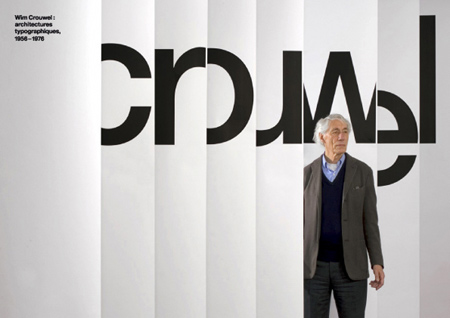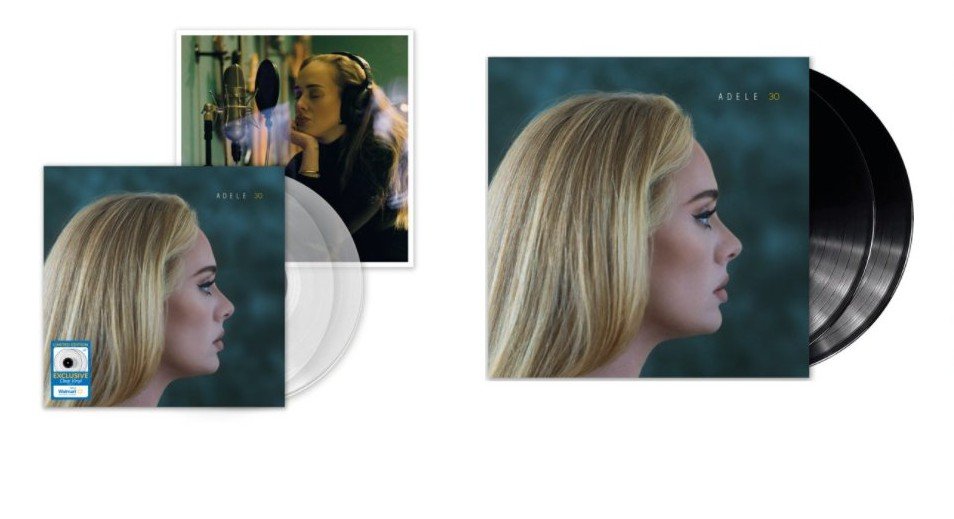That’s right, art directors are a dying breed. At least it’s hard to find them amongst the new generation, and those that are coming through think more about tools and trends than about the actual foundations of art direction itself.
Perhaps now we are focusing education towards creativity, more on having ideas and coming up with ways to sell them, which is all well and good, but in the process we are neglecting other important parts of this training, such as art direction.
We think it’s enough to know Premiere and have a handful of basic notions about Photoshop in order to get by, and be able to delve deeper into what, in principle, seems to be the “more attractive” part of our profession: thinking.
It seems strange that the appeal of thinking is gradually smothering other complementary disciplines in which it is also possible to do plenty of thinking. Perhaps it is speed of the everyday, of consumption, of life itself, that leads us, with our fear of becoming outdated, to fixate on the formats that the media offers us nowadays, looking no further than the new tools of TikTok, because TikTok is a must, it’s the new trend, or forget about that and just think about the metaverse or… And all of it lurches in and out of fashion, because tomorrow will see the emergence of another format, another network or another medium. And yet, what will always stand the test of time is a good idea, some memorable copy or some truly excellent creative direction.
As for who Gridnik was, few of the new creatives out there know the answer, or know anything about the work of Wim Crouwel, and yet any one of Crouwel’s works would still be wholly up-to-date today, in whatever media or format you care to choose. It is good art direction which lasts. And it’s not just a question of graphic design, since we are talking about someone who was capable of creating – as one of its five founders – what we know as Total Design, carrying out complex projects for industry, commerce, culture and governments, an entire movement that transcends design and has becomes a benchmark in modern art direction.

We, agencies and clients alike, could focus on taking up everything new that comes out, and then along comes Adele and causes a bottleneck in all the vinyl record factories, which have to double their shifts and still can’t manage to keep up with manufacturing her new LP. That’s right, vinyl. And what’s more, while she’s at it, she instructs Spotify to remove the random play button, because if she wants her album to be heard a certain way, who are the market or the world of technology to tell her what to do? The format does not call the shots, after all.
Good art direction and creativity will survive the medium and the format. We should reinforce the training of the next wave of professionals, not from now on, but by making sure they don’t come to agencies without having defined themselves properly or made up their minds whether they want to be in copy or in artwork. Let’s get back to talking about colour theory, grid systems, typefaces, having a good foundation in illustration, photography and composition, and not just about having ideas, because understanding all that other stuff is also a big part of having ideas. We’re not talking about always looking backward, we are talking about a shared visual culture.




